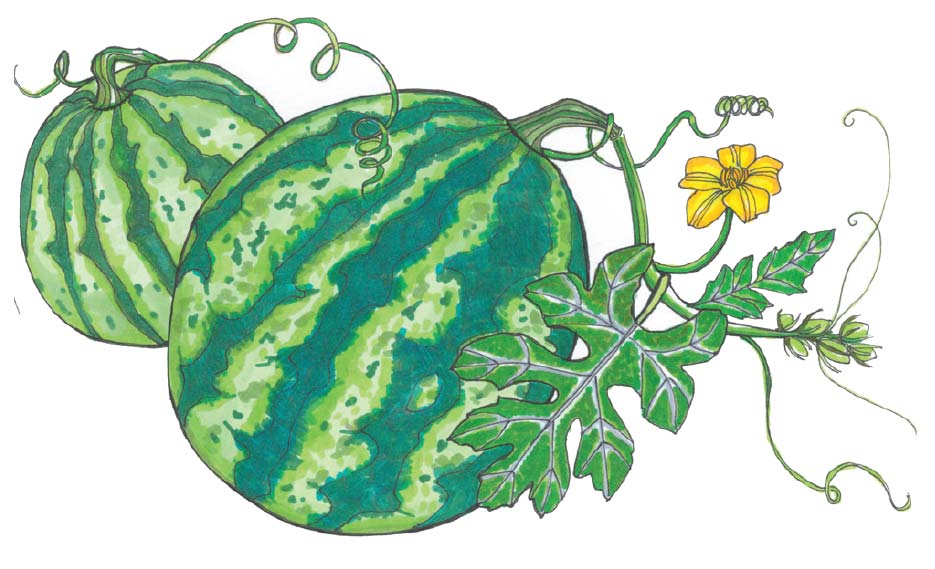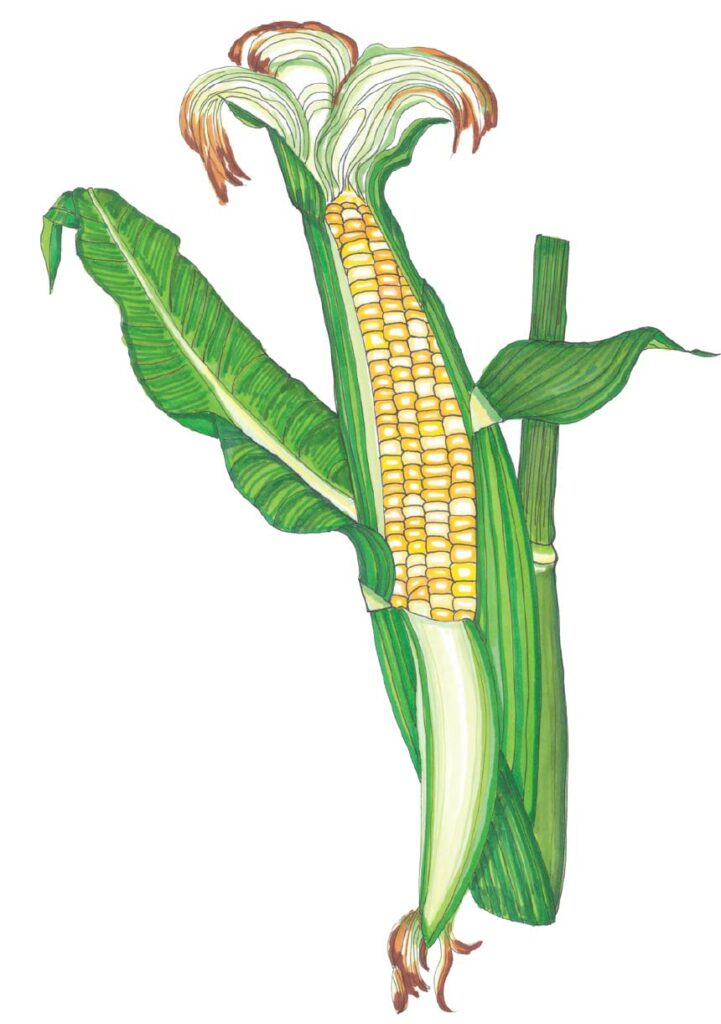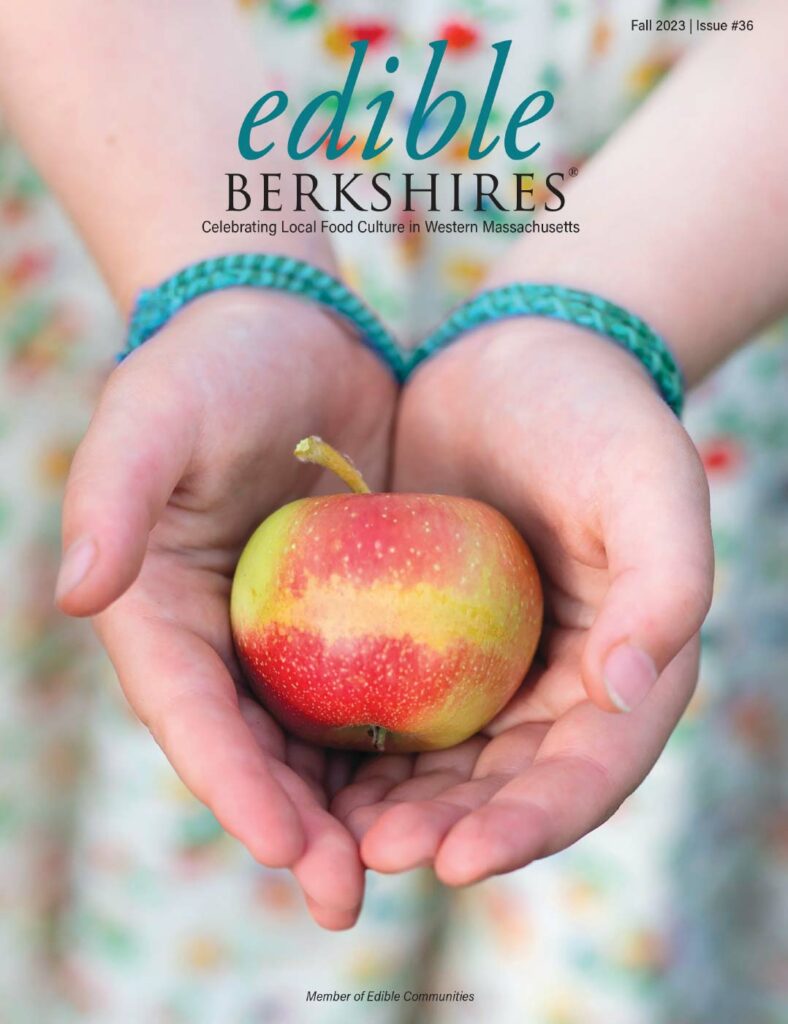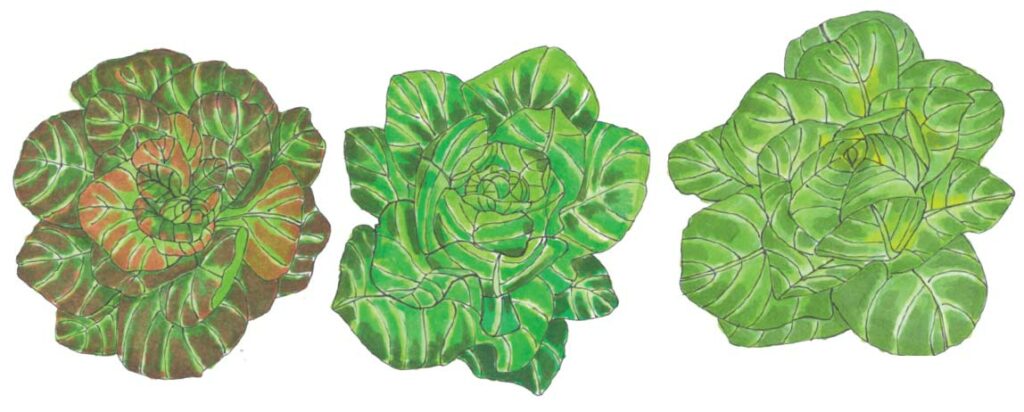
ILLUSTRATED BY ABIGAIL LANOUE

There is always a moment in early spring, as the days are lengthening, when beginning gardeners become enamored with the idea of starting a vegetable garden. This may be in response to seeing trees breaking bud, the opening of the farmers market, or an early season trip to a local nursery, where one sees the motley array of seeds left on the shelves (sometimes on sale).
Unfortunately, seasoned gardeners often warn novice gardeners that it is too late to start seeds (gardeners are notorious for admonishing others about being behind schedule). They, in their infinite wisdom, started their seeds under artificial lights in their basement or in a greenhouse, thus getting a head start on tomatoes, eggplants, artichokes, and peppers—vegetables that need a long warm season to mature their fruits.
And while these garden veterans may be correct about some crops benefiting from a pre-season bump, there are a surprising number of vegetables that can be sown as seeds directly into the garden, depending on how far the season has advanced. The secret to this is knowing what can be directly sown and timing this activity to achieve the best results. Peas, which can be sown as soon as the soil can be worked in spring, prefer to germinate in cool soil (and cool weather to produce their edible pods). A standard rule is to get them into the ground as soon as it can be worked. They can be followed in the planting cycle by fava beans and spinach, which prosper in the cooler months and will be ready to be replaced by other crops (that prefer warmer temperatures to germinate) in the garden once they have been harvested. Carrots, beets, radishes, and lettuces can be sown about a month before the last frost date, along with potatoes (which are grown from pieces of seed potatoes with a growing eye, not from seed). Certain radish varieties mature within 22 days, making a radish salad a possible course on Mother’s Day, depending on the season. Some of these plants will be finished and harvested before tomato plants are even set out into the garden. And for those beginning gardeners who did not start tomatoes and peppers in their basement, there are an array of nurseries selling great varieties of peppers and tomatoes plants to add to the mix.
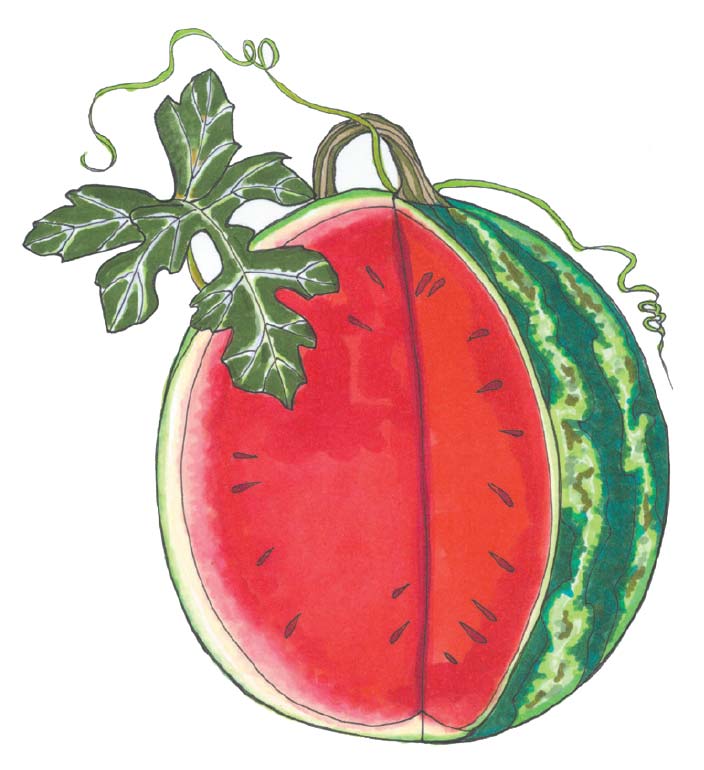
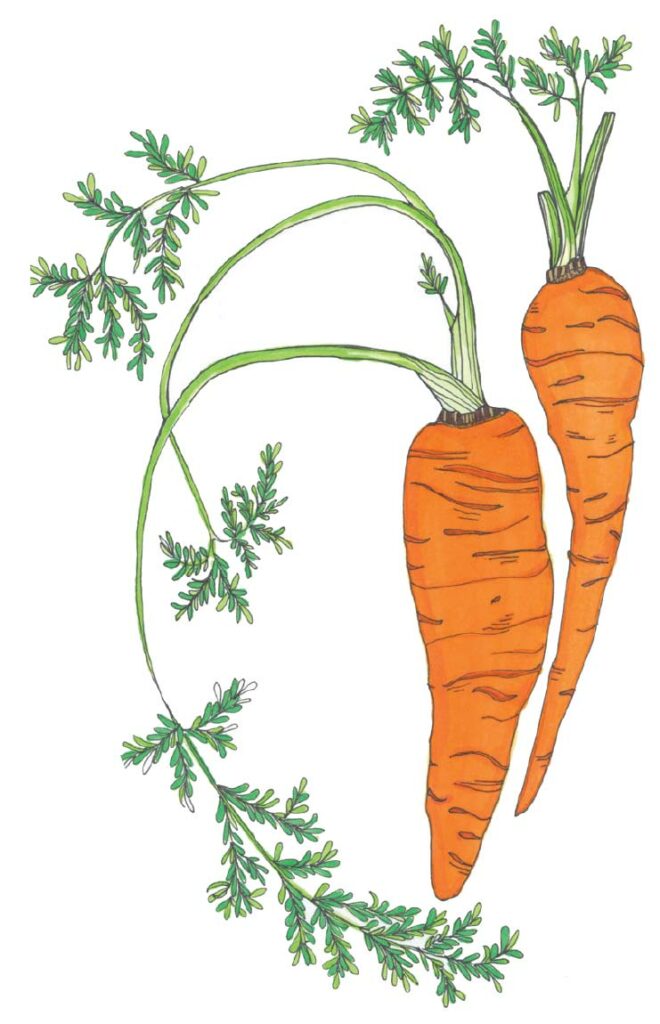
Once the last frost date has passed and as soils warm, it is an ideal time to plant beans, corn, squashes, melons, and cucumbers. Gardeners sometimes attempt to start many of these crops indoors and to plant them out, but many of them suffer from something called transplant shock: The recovery time these plants take to adjust to being moved puts them behind seeds sown directly into the garden weeks later. I have grown cucumber seedlings started indoors next to some that were sown directly into the garden only to have the direct-sown plants race to the finish line as the transplants struggle to get acclimated to their new home. In fact, beans and corn resent transplanting so much, they may not even mature.
And seeding does not end there. Some crops, such as radishes, beets, and lettuces are best when sown successively, providing a continuous harvest throughout the growing season. As anyone who has had three rows of lettuce or three 10-foot rows of beets mature at the same time can attest to, staggered planting provides produce at a pace in which it can be consumed. Home canners may want a large crop at once, but households of two that do not preserve beets will prefer to have a staggered planting to harvest. And crops that mature quickly, such as bok choy, spinach, and radishes, can even be sown again in late summer to keep one eating from the garden as late into the season as possible.
So, for those procrastinating vegetable gardeners out there, it is never too late to get growing this season.

TIMING AND SOWING
When direct sowing vegetables, consider the temperatures the plant needs to germinate its seed and subsequently grow in the garden, and if there is enough time left in the season for the crop to grow to a size that it can be harvested. Remember that some crops, such as lettuce, carrots, and bok choy, can be eaten small. This information can be found on a seed packet.
COOL SEASON CROPS
Lettuce, beets, chard, spinach, favas, peas, radishes, bok choy, and mizuna (a delicious bitter green) can be grown in the early season and sometimes planted again in late summer for a fall crop.
RADISHES: 25–40 days
BOK CHOY: 25–45 days (can be eaten as baby bok choy)
LETTUCE: 45–60 days (can be eaten as baby greens)
SPINACH: 45–60 days
BEETS: 50–70 days
PEAS: 55–80 days
CARROTS: 60–80 days
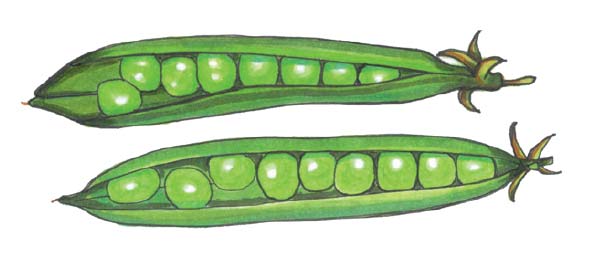
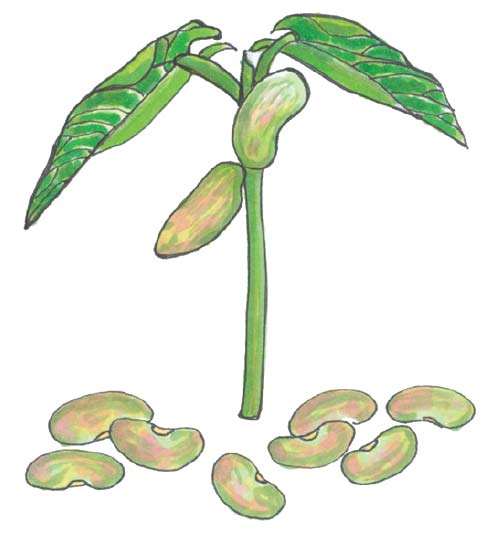
WARM SEASON CROPS
Beans, cucumbers, corn, okra, pumpkins, melons, and squash need warm soil to germinate and a long enough season to mature their fruits.
OKRA: 50–65 days
BEANS: 50–70 days
CUCUMBERS: 55–60 days
MELONS: 65–100 days
CORN: 70–100 days
PUMPKINS: 85–120 days
